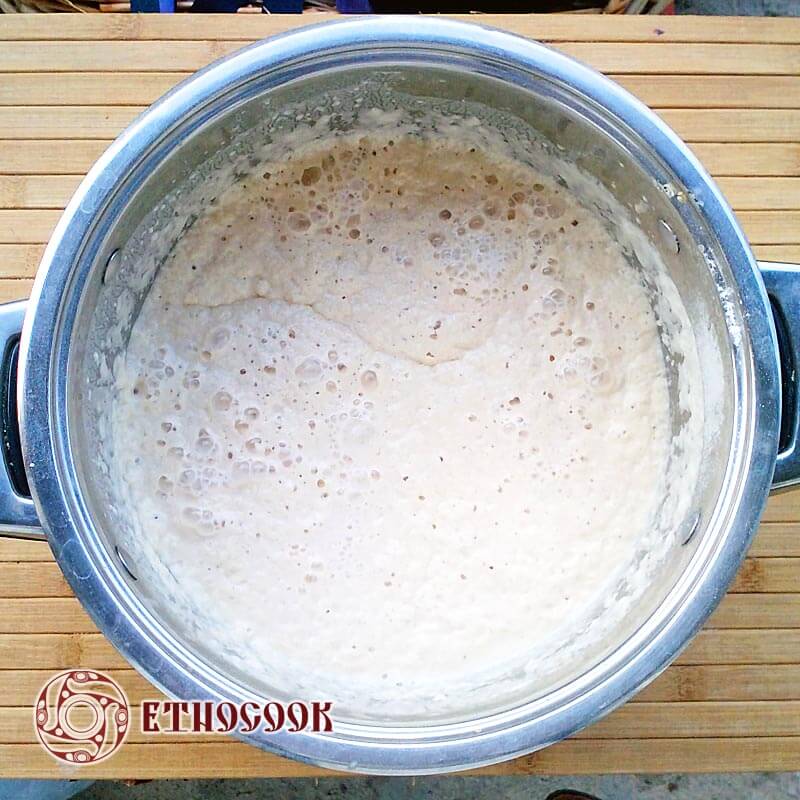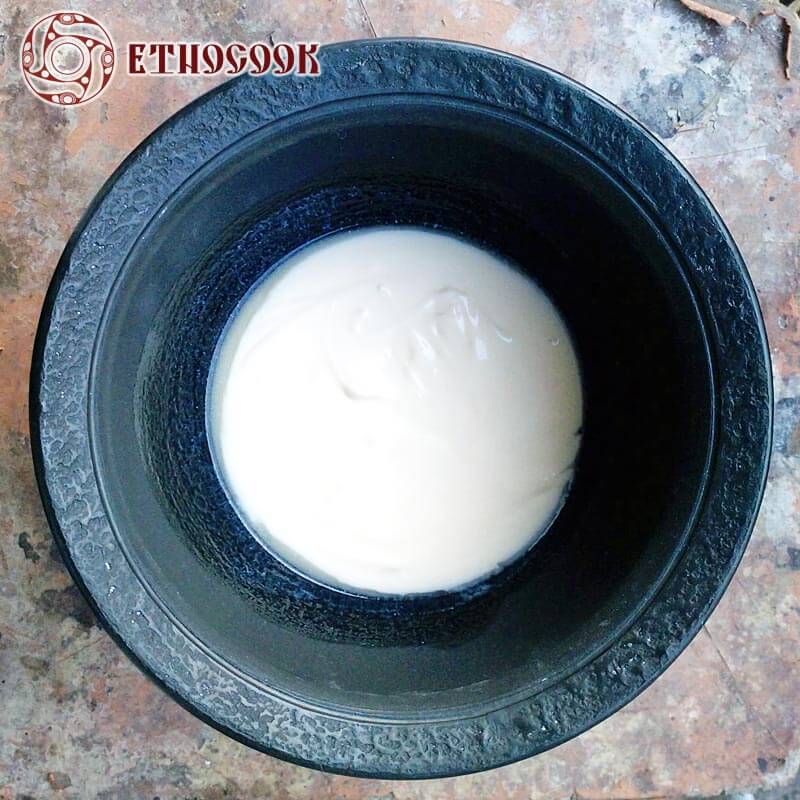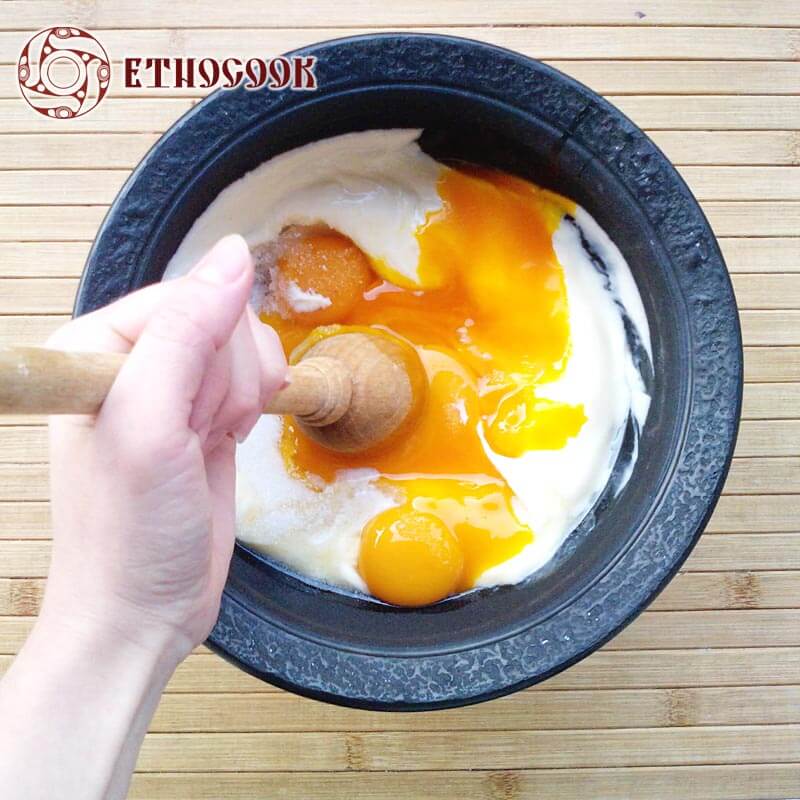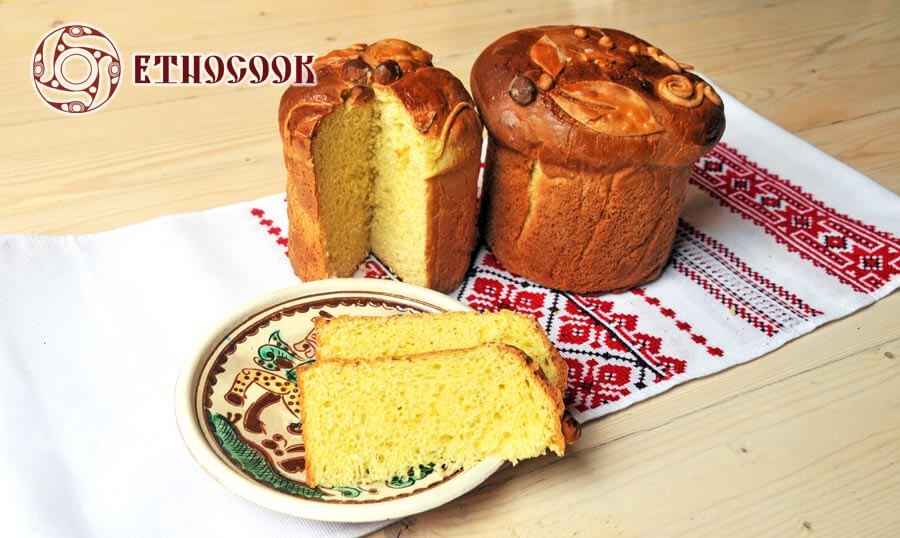Paska or Babka is one of the most world known Ukrainian food. It is the ritual bread made by Ukrainian ancestries centuries ago on traditional every year Spring Holiday.
Paska symbolizes the Sun, the men’s power, the big future harvest.
To make Paska are taken only the best products, and the process is full with different special rules, such as the person who makes it must have good mood and the dough is growing in total silent. For this Paska were taken very good yolks from home eggs that’s why it has so strong yellow colour. There are a lot of Ukrainian recipes of Paska, Babka or Kulich
Kulych is the church name of Paska, from Greek κόλλιξ – kollix , widly used in Eastern Ukraine and in Belarus.
From Kyiv Rus times there is only one ritual bread from Lithuania to Crimea. In Sloboda Ukraine it is called Kulych. It is one and the same product. The analogue of Paska is in Greek and Bulgaria. In Russia areas it was made by Slavic people only in a little part that was in Kyiv Rus.
Paska (Easter Bread) Homemade
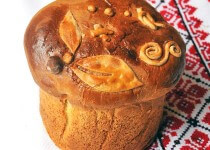
- You can take packet of active fresh yeasts (100 g) or active dry yeast or hops sourdough starter (300 g) or the simplest sourdough starter (300 g)
- You'll need only yolks from eggs
- if eggs are big then take them not 10 but 7
Ingredients of the Paska (Easter Bread)
- wheat flour - 1500 g
- yeast - 100 g
- milk - 750 ml
- sugar - 500 g
- egg - 10
- butter - 250 g
- vanilla (vanilla sugar ) - 10 g
- salt - 5 g
- raisins - to taste
Instructions:
1.
Mix yeasts with 250 ml of warm (not hot) milk and 10g of sugar. Put it in warm place and wait when it is growing.
2.
Melt 200 g of butter
3.
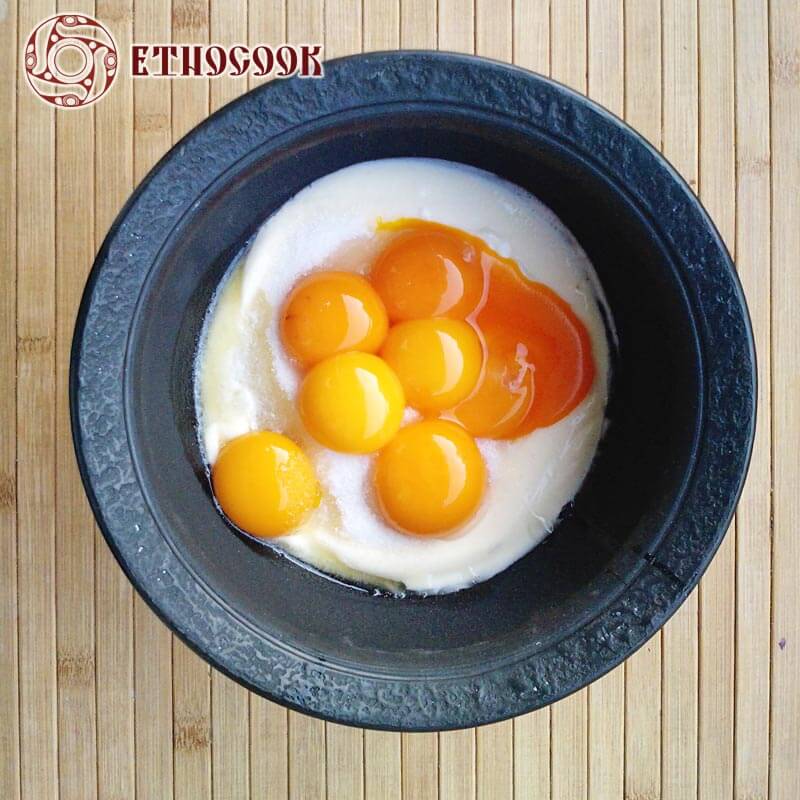
Put yolks (9 from 10) to melted butter and add sugar
Mix yolks, butter and sugar
5.
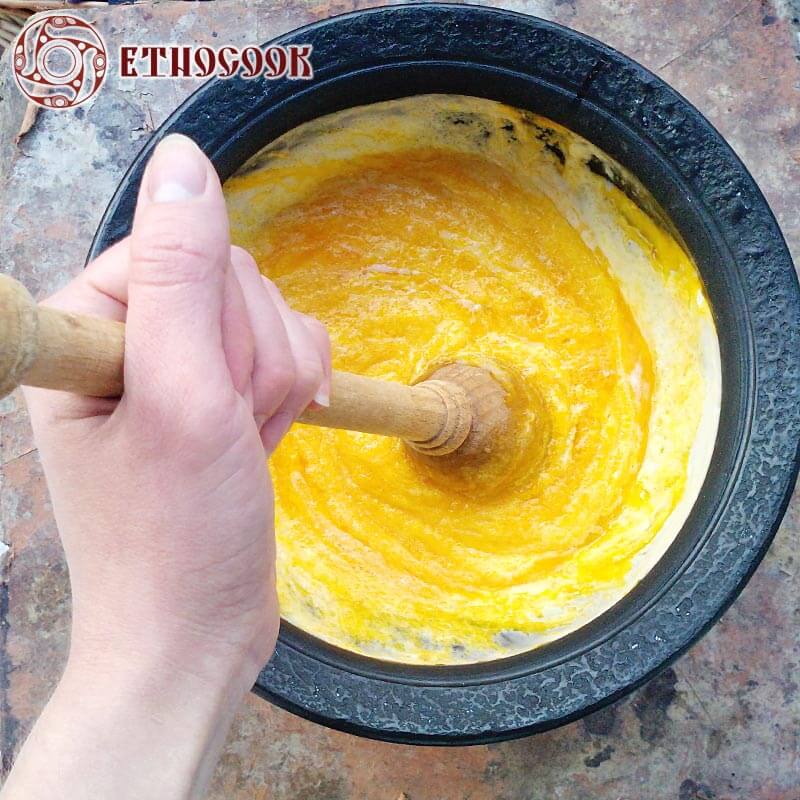
Mix it in homogeneous mass, add vanilla (vanilla sugar) and salt
6.
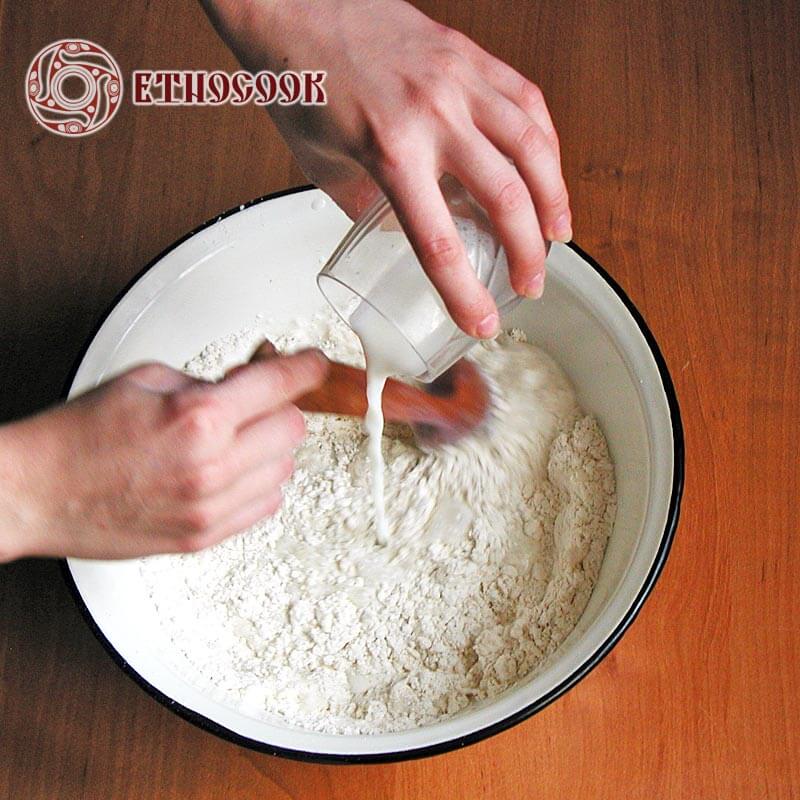
Add to grown yeasts mixed yolks, flour, milk and knead the dough. Add raisins to taste.
7.

Put dough into warm place to grow for 2 hours.
8.
Take round forms and fill it with 50 g of butter and parchment (baking) paper. Put in them dough, fill only to half (the dough will grow ) and put forms into warm place for half of hour.
9. Put different details (leaves, crosses, etc.) made from a piece of dough on top. Mix 1 yolk and eggwhite and pour it on top of Easter Bread.
10. Put forms with Easter Bread into preheated 180 C oven for ~ 1 hour
